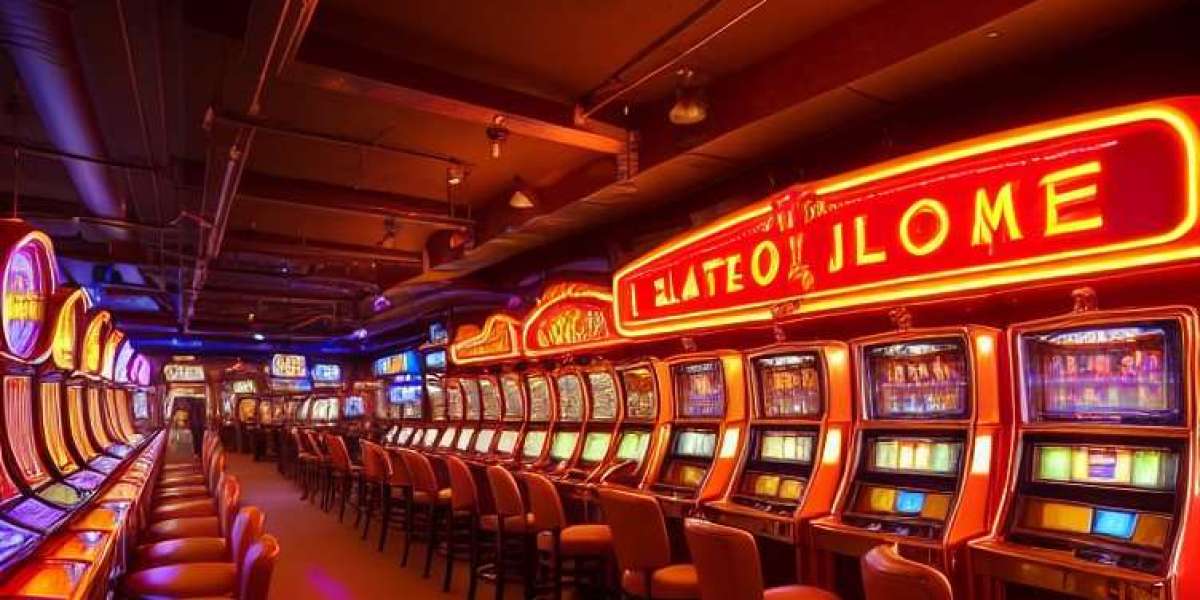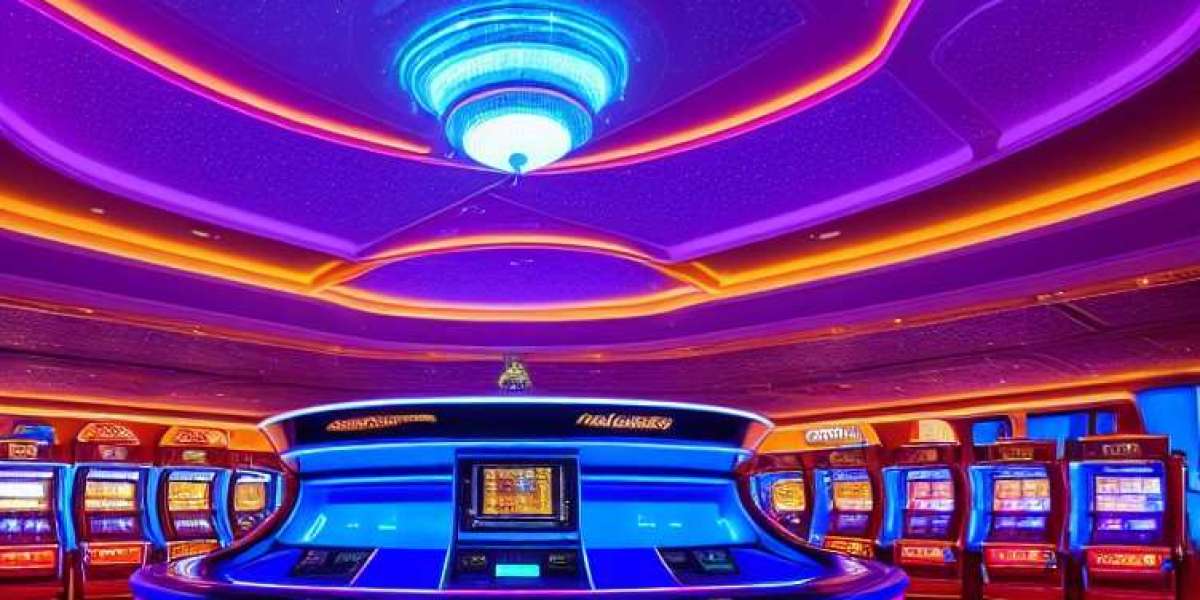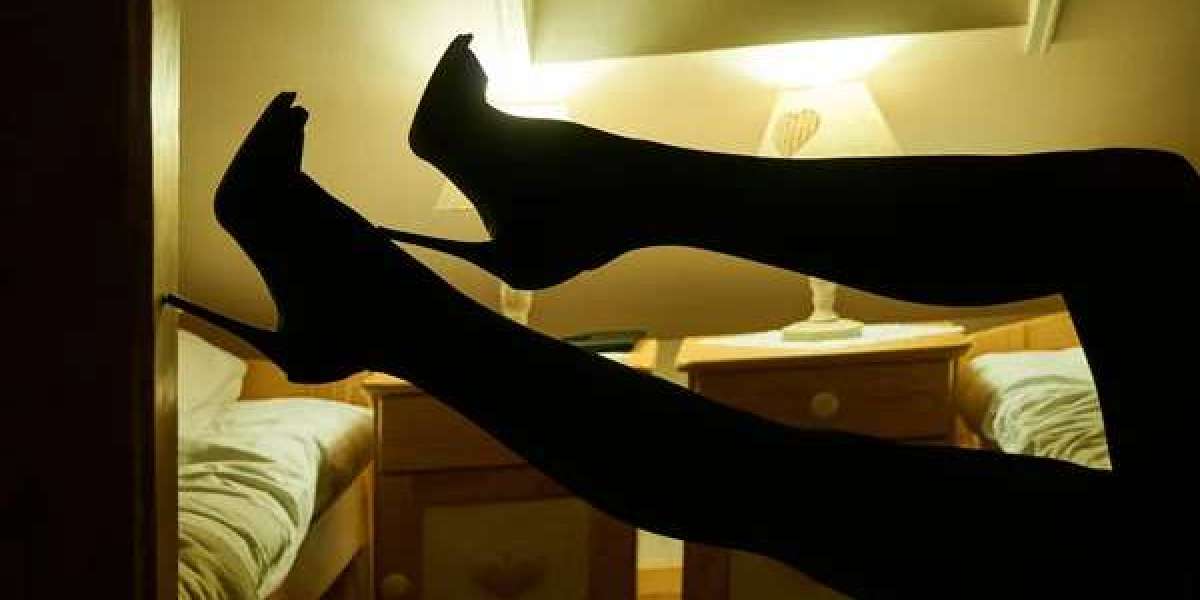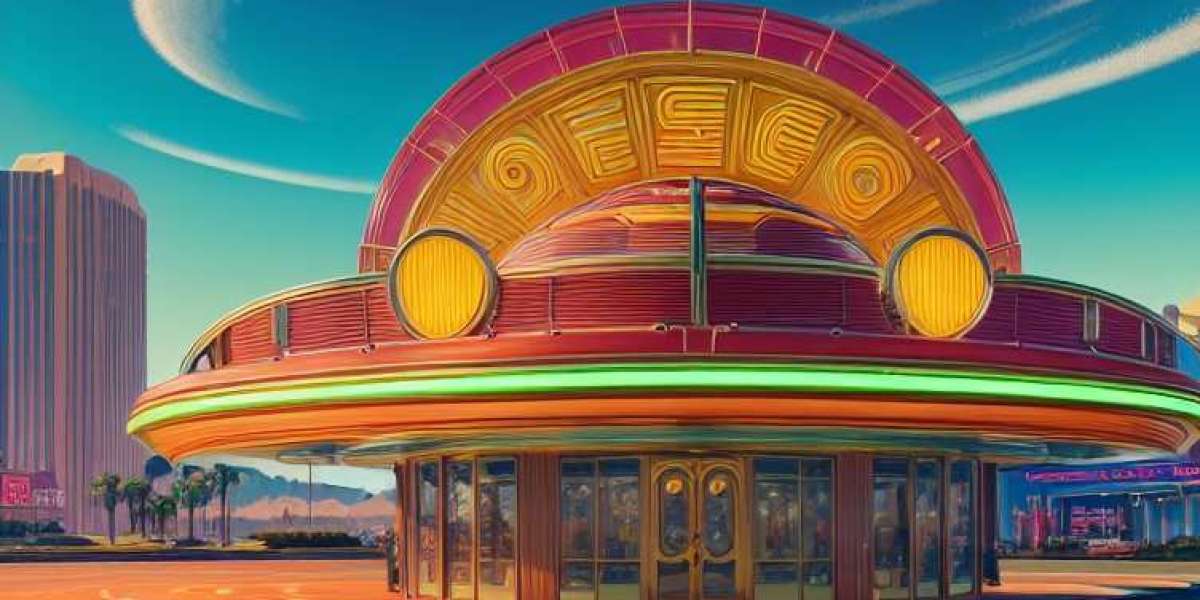 What Are Fireplace Accessories?
What Are Fireplace Accessories?Many homes have fireplaces that offer warmth and comfort all day and all night. They also add beauty and value to the home.
If your fireplace requires to be repainted or just simple repairs, these projects are often completed by homeowners. However, certain tasks that require gas service should be left to skilled professionals.
The Hearth
The hearth is a noncombustible surface that surrounds the fireplace or wood-burning stove. It can be a raised area or just the foundation of the fireplace. The word "hearth" is often used to refer to the entire area of the fireplace, including the firebox, raised mantel and floor as well as the chimney. It is crucial to remember that there are specific fire safety rules regarding the design of the fireplace and its accessories. You should consult your local governing authority for more details.
Hearths are typically made of stone, brick or cement, and are an important focal point in any room. They are designed to create a barrier between the fireplace and the flooring and protect against accidental fires that are caused by stray logs or embers. They also offer a place for storing fireplace tools, wood and other supplies.
Archaeological research has revealed that hearths were crucial to the early human era. Many people believe that hearths were the source of food, light, warmth, and protection.
A hearth can cause serious health issues if it is not properly maintained. Smoke inhalation raises nitrogen levels in the blood, which prevents the red blood cells from delivering oxygen to the tissues (methemoglobinemia). At high concentrations, it can cause dizziness, nausea, and loss of consciousness.
Hearths were originally made of stone but they are now often made of brick or concrete. They are available in various shapes and sizes. Some cooking fireplaces feature hearths that are able to cover the entire wall and others are smaller and solely decorative elements that cover the opening of the fireplace. The material used to construct the hearth can have a huge impact on its appearance cost, as well as its the resistance to heat.
The Surround
A fireplace surround, also referred to as a "mantel" is the frame over the hearth that enhances the atmosphere of the room. Apart from its aesthetic value, it also serves as a practical element since it keeps combustible substances away from the fireplace and reflects heat into the space. It can also be used as a shelf to display household items such as mirrors or paintings.
Depending on the type of fireplace, there are a variety of materials that can be used for the surround. Some surrounds are non-combustible, and others must be in compliance with federal and local fire codes in relation to clearance distances away from combustible objects.
Popular choices for the surround are brick, stone, or concrete. Some stone surrounds have decorative features, such as bevels or bolection moulding. They may also feature plinths or cornices. These features can give a more refined appearance that complements the style of the home.
Plaster is a different alternative. This material is made from a mix of sand, cement, and water. It can be crafted to match any style of architecture. A plaster surround, for instance can be a perfect match for a Mission style home.
The final option for a fireplace surround is tile. Tiles are available in a variety of designs and colors. It can be used to add a splash of color to the surrounding area, or it can be extended across the entire wall to create a striking focal point. Tile is a great choice for homes with modern or contemporary styles.
The surround is among the first things that guests see upon entering a space. This is why it is crucial to select an item that sets the tone of your room and increase your home's value.
The Firebox
The firebox is the area behind the fireplace opening, where a fire can be created and maintained. It's usually surrounded by a kind of chimney to allow the smoke to escape through. These traditional structures typically use wood, however some can also use gas such as propane or natural gas.
The firebox is the area where combustion occurs and must be maintained in a way that ensures safety and effectiveness. The grate in the hearth, a fire poker and an air damper are all important elements of the firebox that must be in place for efficient operation.
It is crucial to regularly clean your fireplace. This includes keeping the firebox in good shape and the liner. Because it is constantly exposed to high temperatures, the interior will be soiled with soot and ash which need to be cleared. You can make use of a scraper or wirebrush to get rid of the ash and soot that have been clogged on.
For durability and long-term longevity It's an excellent idea to line the inside of your fireplace with steel slag. These kinds of metals resist corrosion and won't corrosion. They also have an even heat distribution, which will last longer.
Finally, you can add some visual flair to your fireplace by adding decorative fire logs or lava rocks. Some people opt for modern-looking decorative glass instead. Make sure the fireplace you select is UL certified. This includes the fireplace as well as any accessories and decorations you add to it.
The Burner
Burners are a great way to add warmth and beauty to any space. They come in a variety of shapes and sizes which makes it easy to find the perfect burner for your home. Some have remotes, so you can control flames from anywhere in the house. Fire-burners can be used indoors or outdoors, since they are safe.
There are a variety of burners. Each has its own pros and cons. Some are more expensive, but they all have a variety of advantages. Certain are more secure than others, and some can be used with or without chimneys. Regardless of which type of burner you choose, make sure to follow the instructions in the product's manual. This will ensure that the burner is properly installed and in compliance with all state and local laws.
Wood burning is a classic way to enjoy your fireplace, but it's not always the most convenient. Apart from the fact that it's messy and uninspiring, the smoke and soot that it releases could be harmful for you and your family. Ethanol burners produce water vapor, and extremely low levels of CO2, which is more sustainable.
A fireplace can also prove useful in the event of an outage. In winter, a lot of snow and ice can build up on trees, which may cause them to fall and slam down under-hanging power lines. If the electricity in your home goes out and you need to find a fireplace to keep warm and cook food. This is a major plus for homeowners who want to be prepared for the unexpected.
The Flu
The flue is an inner tunnel of a chimney that brings gases and smoke from your fireplace to your house. It is an essential element for a safe, efficient fire. A flue creates a wind that pulls air into the fire. This lets the fuel burn completely and reduces smoke.
The drafting of the flue keeps the hot gases produced by the fire from blowing back into your home, and instead carrying them outside, where they can cool. This regulated venting is what prevents carbon monoxide.
Your chimney must be regularly inspected for blockages and leaks. The flue pipe is a steel tube or duct that runs through the middle of the chimney, needs to be cleaned with special cleaning chemicals and equipment. The metal brush, a drill fitted with brick bits, and masking tape are needed to remove any soot or tarnish that has been stuck on the walls of the chimney flue pipe.
Keeping the flue closed when you're not using your fireplace can help keep the air conditioned inside from getting out. This can also stop wind or rain from entering the fireplace and causing damage to your wood stove or gas furnace.
The damper, which is located at the bottom of the flue pipe, or flue tiles and on the top of the fireplace, can be opened or closed via a latch or handle. It is designed to keep the flue open even when there is a ethonal fire; writes in the official Fireplacesandstoves blog, burning however it should be shut when not in use to help lower your energy bills and keep animals and precipitation out of your fireplace.








